
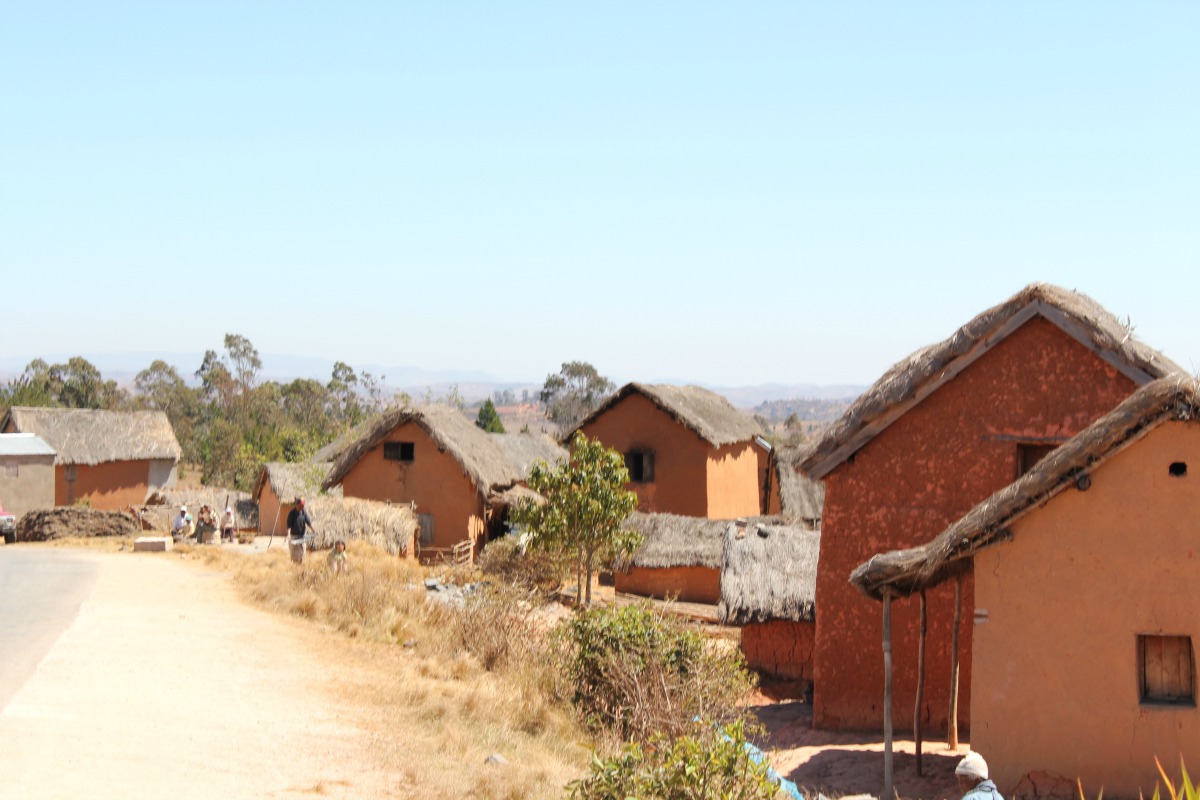
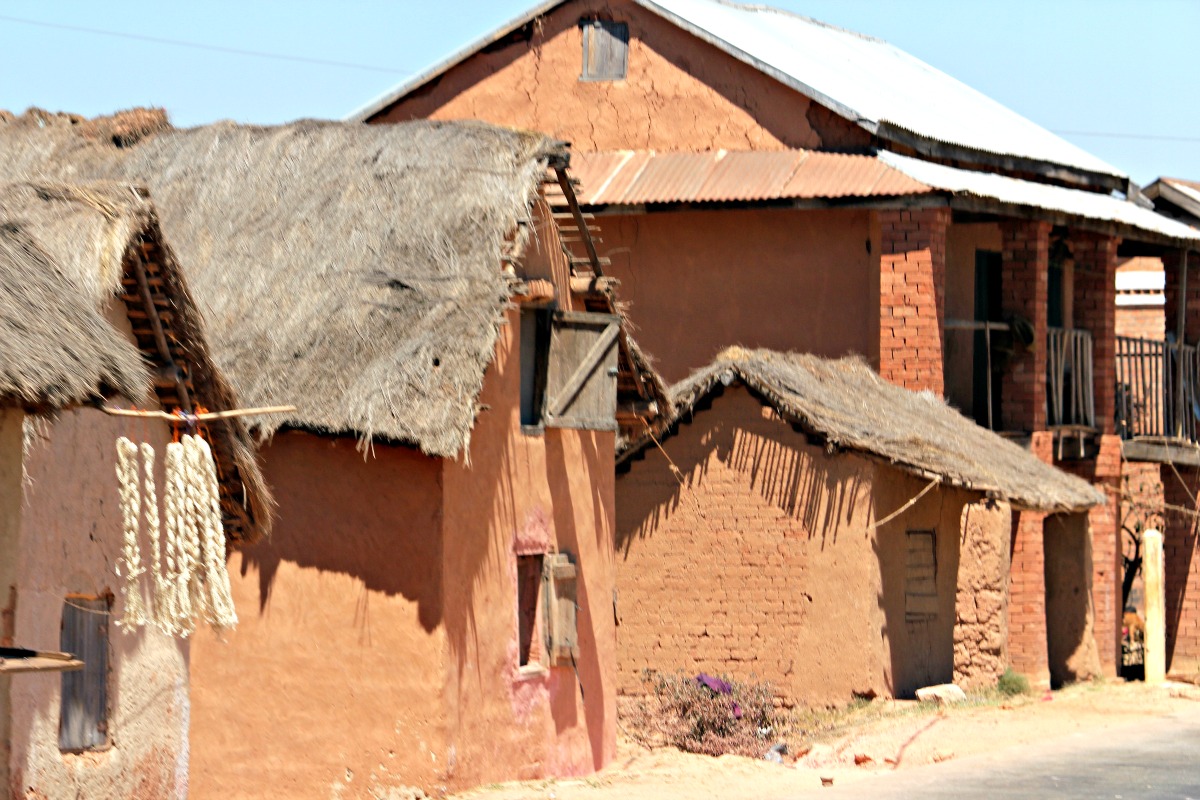
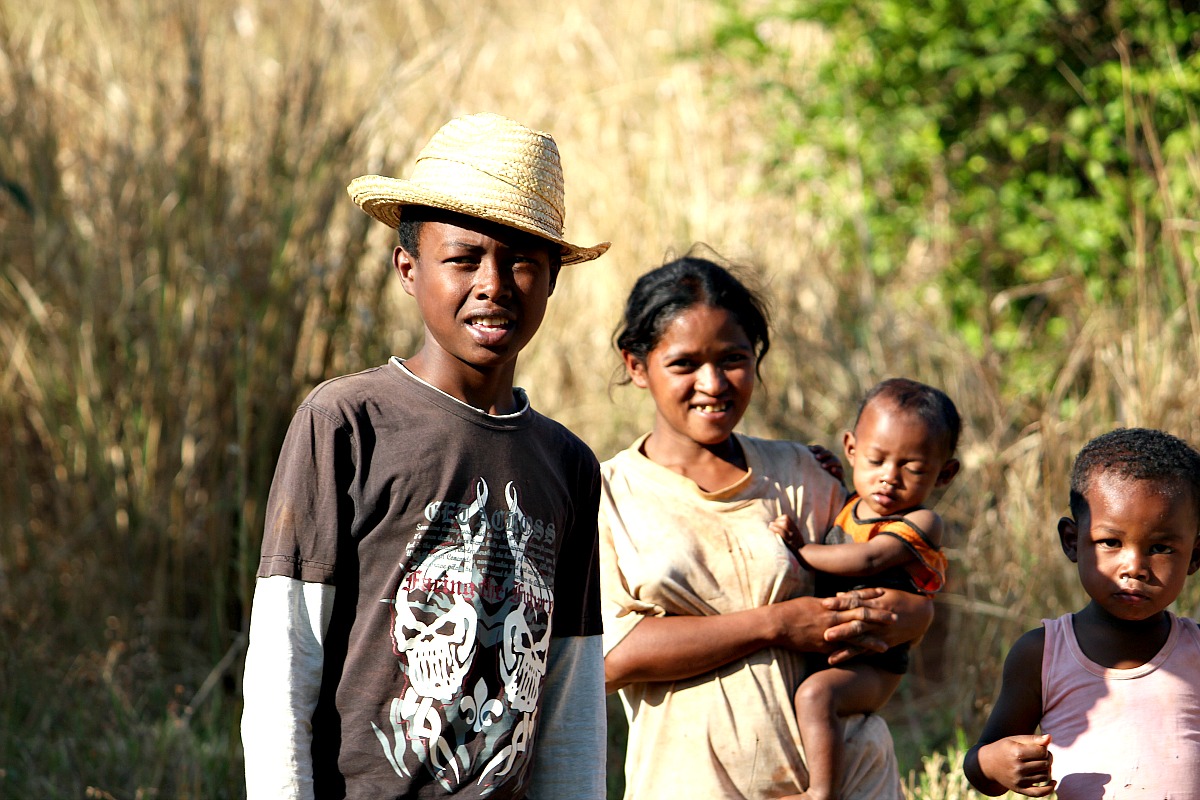
Come and see…
I was always wondering what Madagascar was like. I often tried to imagine what the life of a missionary was like; what the life of people, among who a white missionary was not very often to be met, could look like. When my brother Tadeusz, who had been working on Madagascar since 1987, would come home on vacation, I always asked him what the everyday life on Madagascar looked like. The answer was unchanged: “Come and see”.
But this far away journey looked for me quite, if not absolutely, unreal and to tell the truth, I did not even dream about such a trip. When my friends planned to visit Madagascar just for one more time, my brother wrote: “Do everything you could to go with them”. I did not take his proposition seriously and had no intention to tell anybody about it. But the phrase “Do everything you could” was forefront in my mind. Finally, expecting rather negative answer, I told the Head of the Convent about the journey. It is known that travelling abroad, especially to so far away country, in the convent conditions is quite a rear thing.
When I got the permission and realized that my journey became a reality, I felt frightened. The joy of my brother was the only encouragement. I also remembered the words of a priest, who worked as a missionary in Africa: “I understand the meaning of the words “to visit a missionary”.


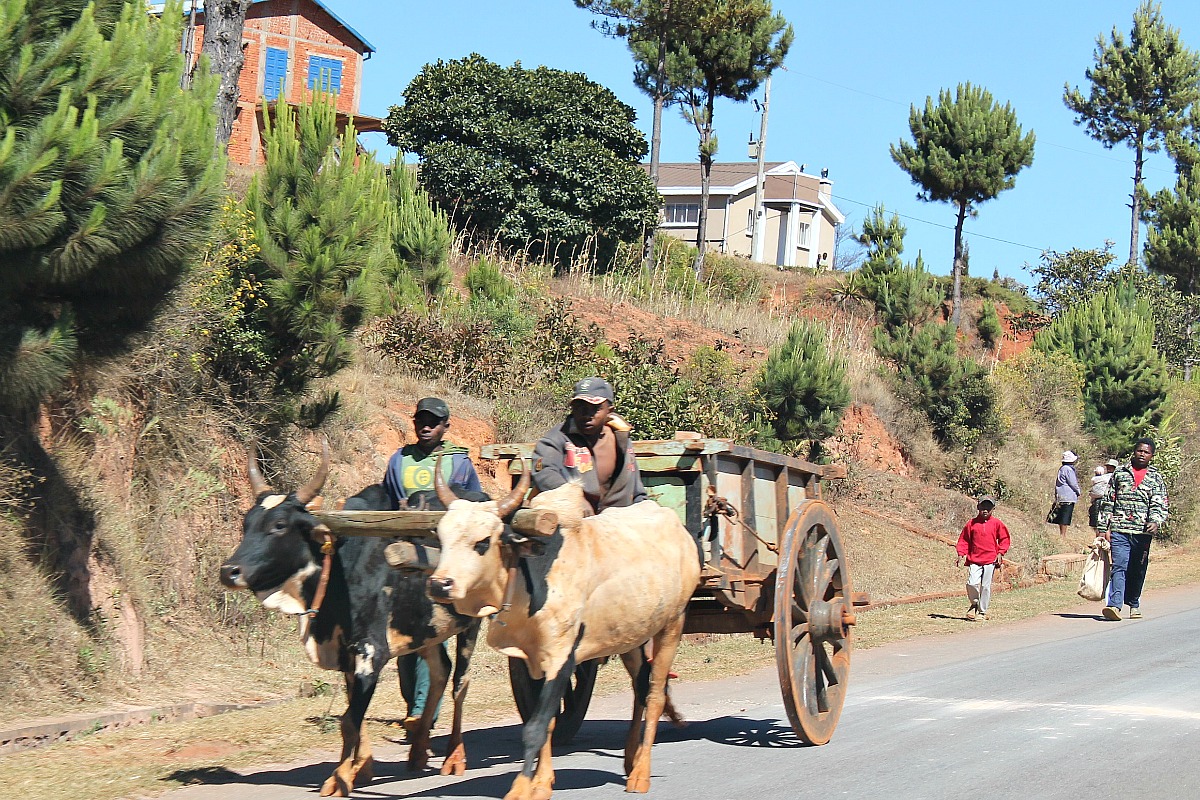
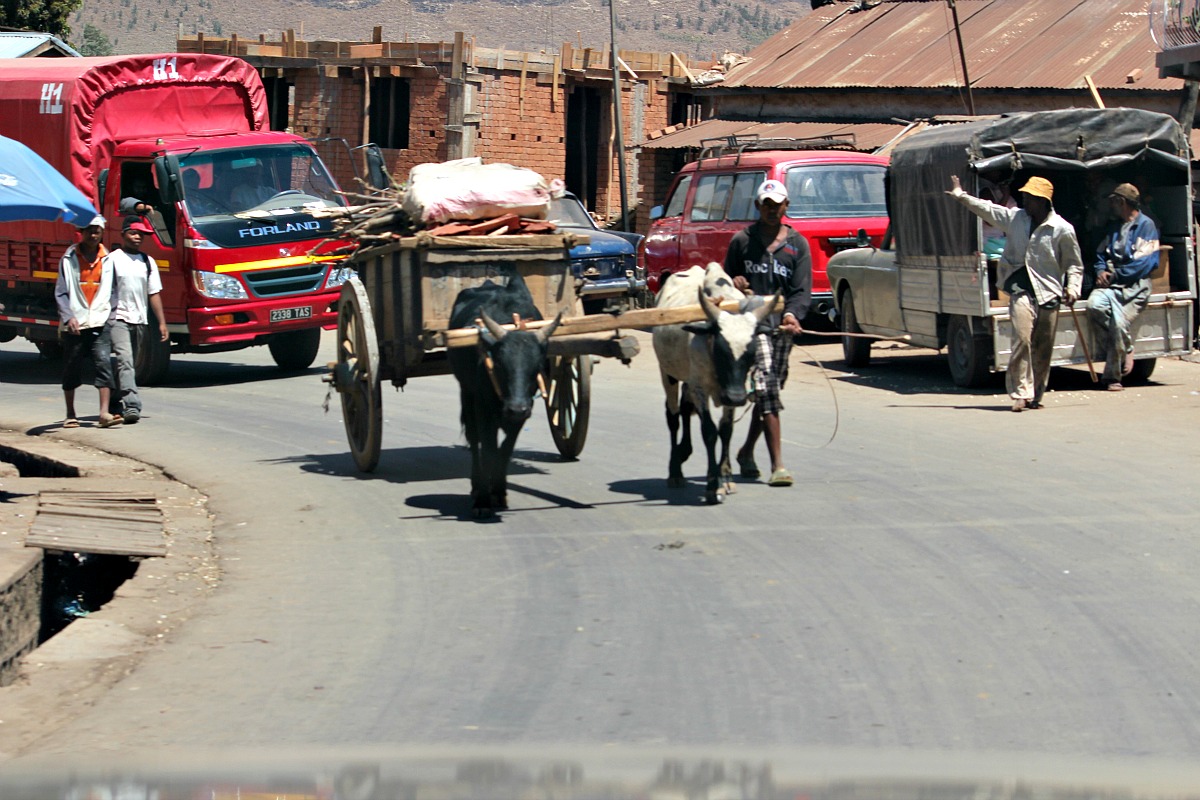
Impossible became a reality
Time went by and some drawbacks interfered with my journey plans. Ms. Lucyna’s (the woman I was to travel with) father got ill and died; then the Christmas time came (not the best time for travelling). The opportunities to travel appeared and gone. I would not dare to travel to such a distant country on my own. I was absolutely sure that if it were God’s will for me to go, He would lead my way. And He did not let me down. I felt Providence and Divine protection during the trip and during my three-week stay on the Red Island in July- August of 2014 as well. I came, saw and understood that my brother was right. It was really impossible to describe the everyday life there. Having faced it, I revealed a new, live image of the Missionary Church.
I spent there quite a short period of time to be able to make deep conclusions, but keen and full of life participation of the local Christians in the Holy Mass could make us feel ashamed of our passiveness and even boredom sometimes.
The Liturgy lasts longer there and nobody leaves the church before the mass celebration is finished. It is not the rare case in our country, though. Singing is so beautiful there… It could be the proof of Goethe’s words that if you hear people singing, do not be afraid to join them, as they are good people – bad ones never sing. The procession with gifts is also very moving. Everybody present joins it, taking their “widow’s mite” to the box in front of the altar.
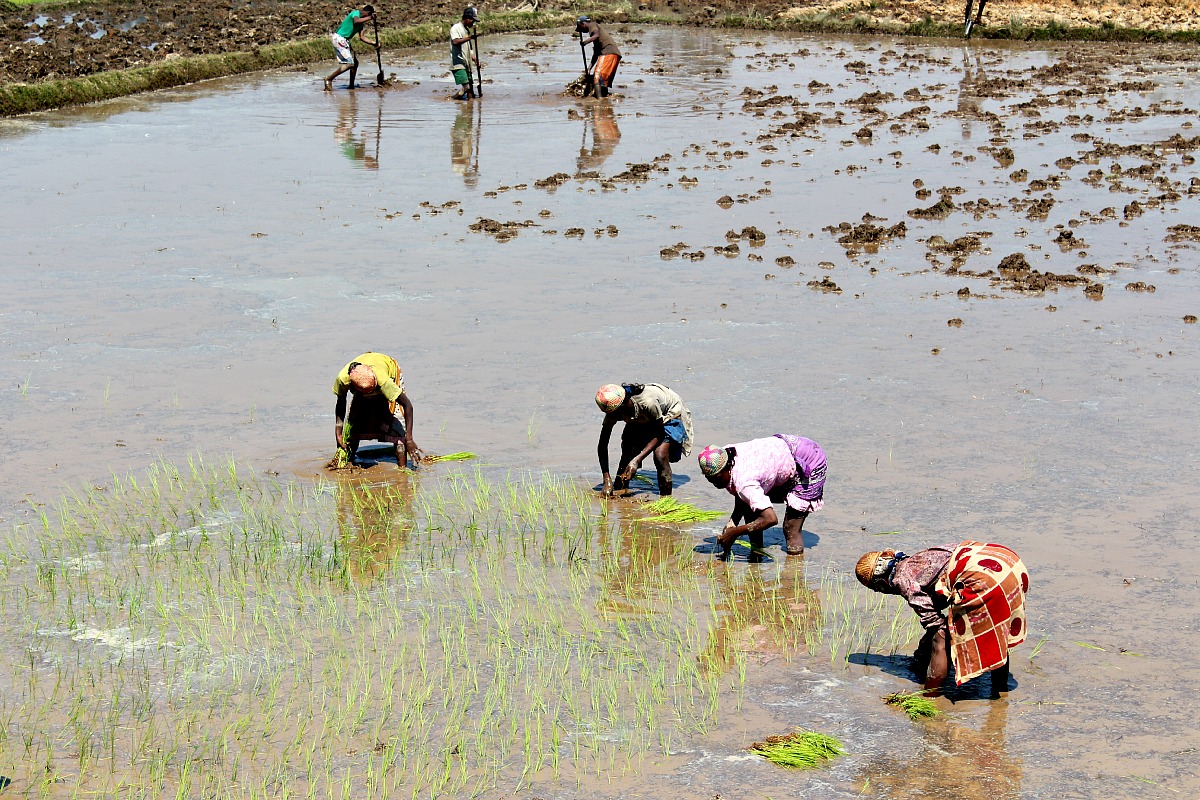

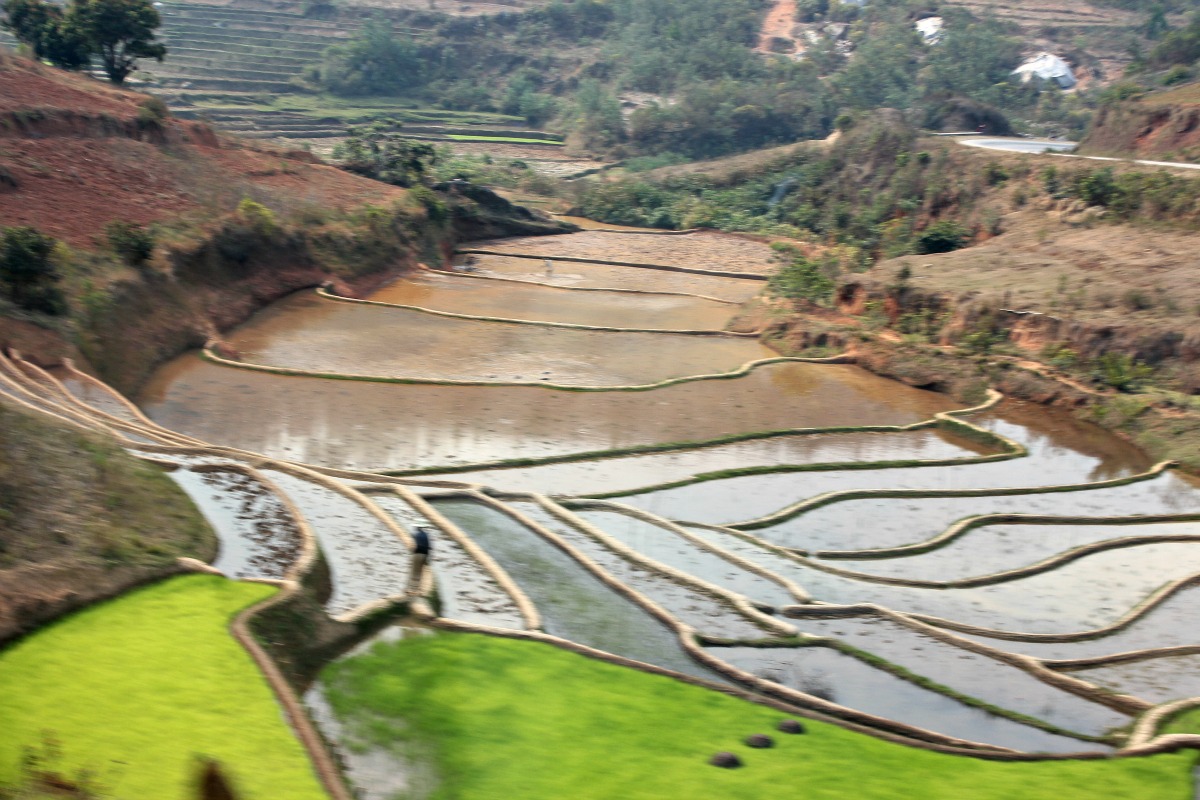

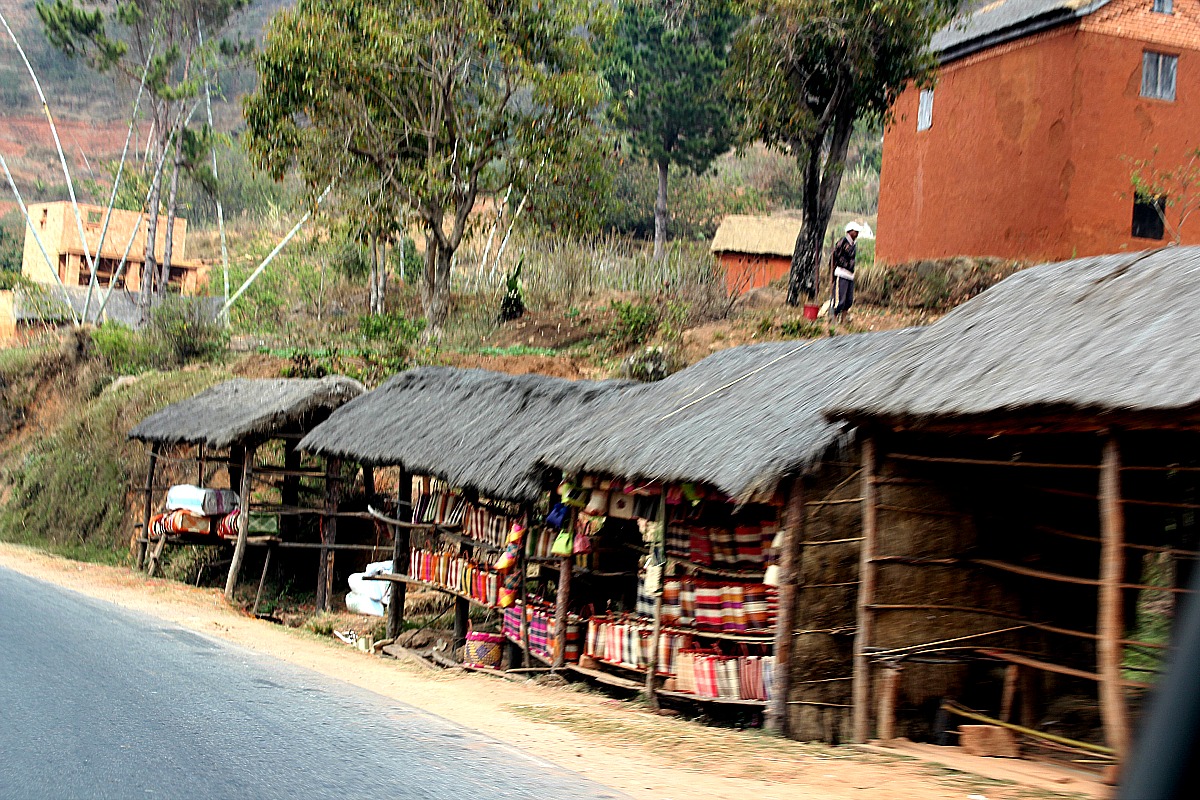
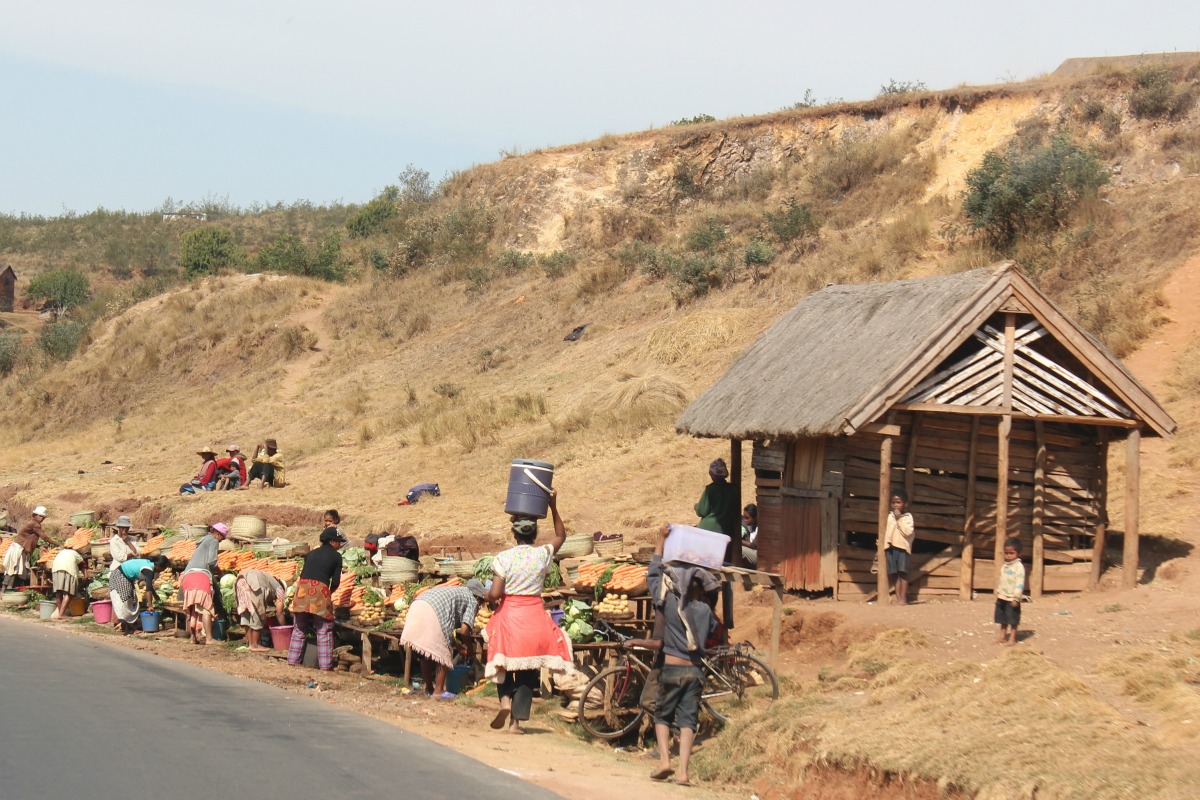
Fascinating sights
We associate Madagascar with beautiful landscapes and exotic animals such as chameleons and lemurs. All of us, even small children know about them, but we do not associate the island with poverty. It is one of the poorest, maybe, it is the poorest country in the world. The land there is of terracotta color and it is so fertile that, as people say, you can grow everything except the spade. People cultivate different vegetables, but the basis of the everyday diet is rice, grown on the flooded fields and later dried on the roadside, exactly the same way as the coffee beans.
The stalls that look like our pilgrimage stalls line the narrow town streets and the village roads. The goods: mostly fruit and other groceries, as well as the necessities are placed on the boards or simply on the ground. The streets are bustling with life from morning till night and it is very difficult sometimes to make your way through the overcrowded streets, especially by car.
The majority of Madagascar population is young people. There are a lot of children there: dirty, dressed in shabby clothes and playing with primitive toys, but open, trustful, happy. One can stop for a moment on a street and immediately be surrounded by groups of curious, expecting cadeau (present) children. Even the smallest sweet is shared among the group. There are no baby strollers. Babies are tied to their mother’s bodies with a scarf or a piece of cloth and “do the chores” together with their mothers, for example, cook dinner for a big family on the charcoal by the adobe hut. They do not cry. They feel safe and loved being tightly tied to their mother.
The rivers are very important in the life of the community. The life of it is concentrated near the river. The water is dirty and turbid, it is used for cooking, washing and bathing, though. The view of women carrying the water containers on their heads and children with carriages full of water canisters or barrels is quite ordinary on the town streets. They could carry water from quite a distant well. The herds of oxen, zebu, goats or sheep are driven by the shepherds through the town streets or down the road, taking the whole width of it. They are the symbols of the wealth for the country citizens.
Lots of similar pictures of the everyday life of Malagasy people were fixed in my mind. Each of them could serve as food for many hours reflection.

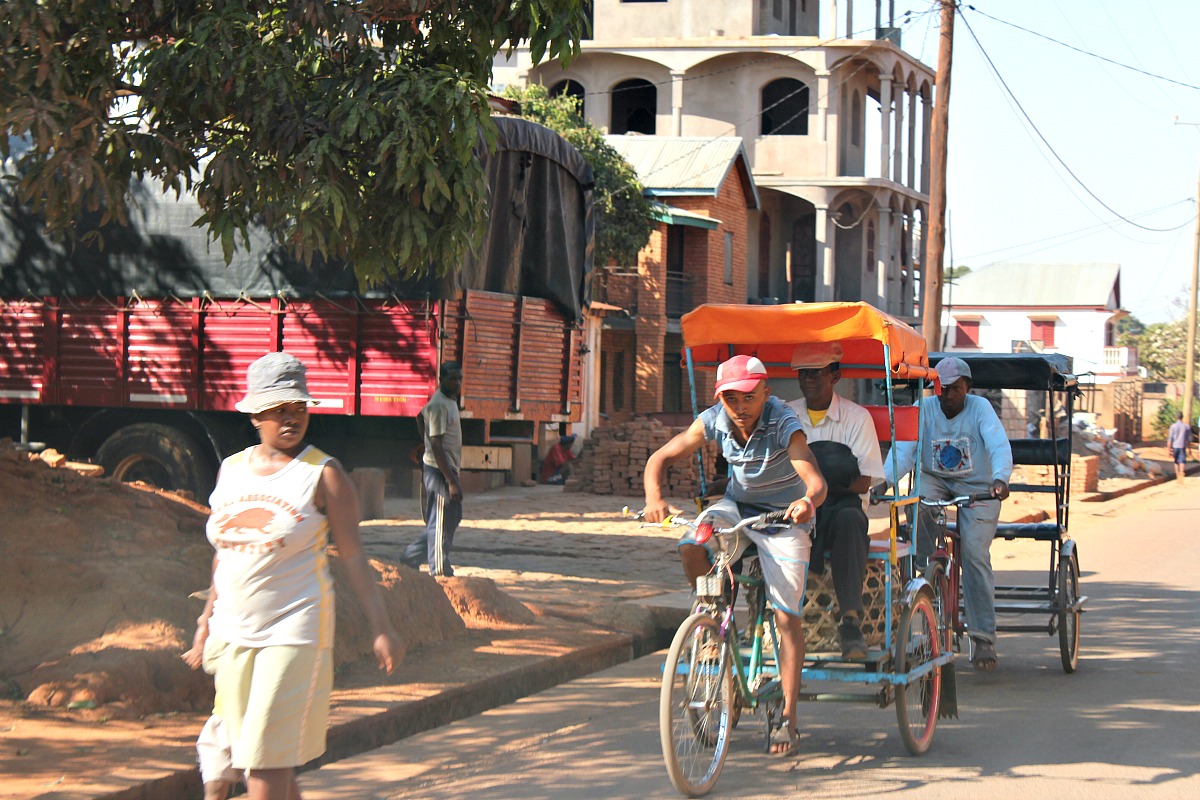
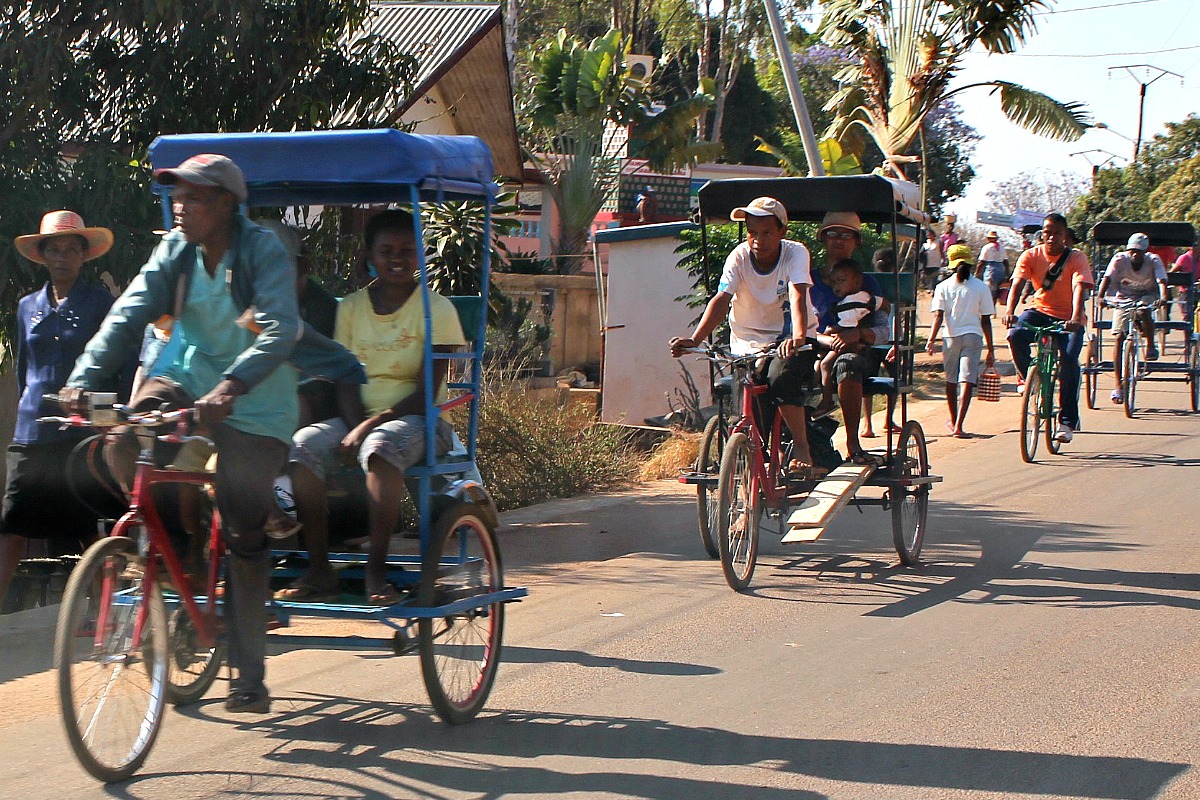
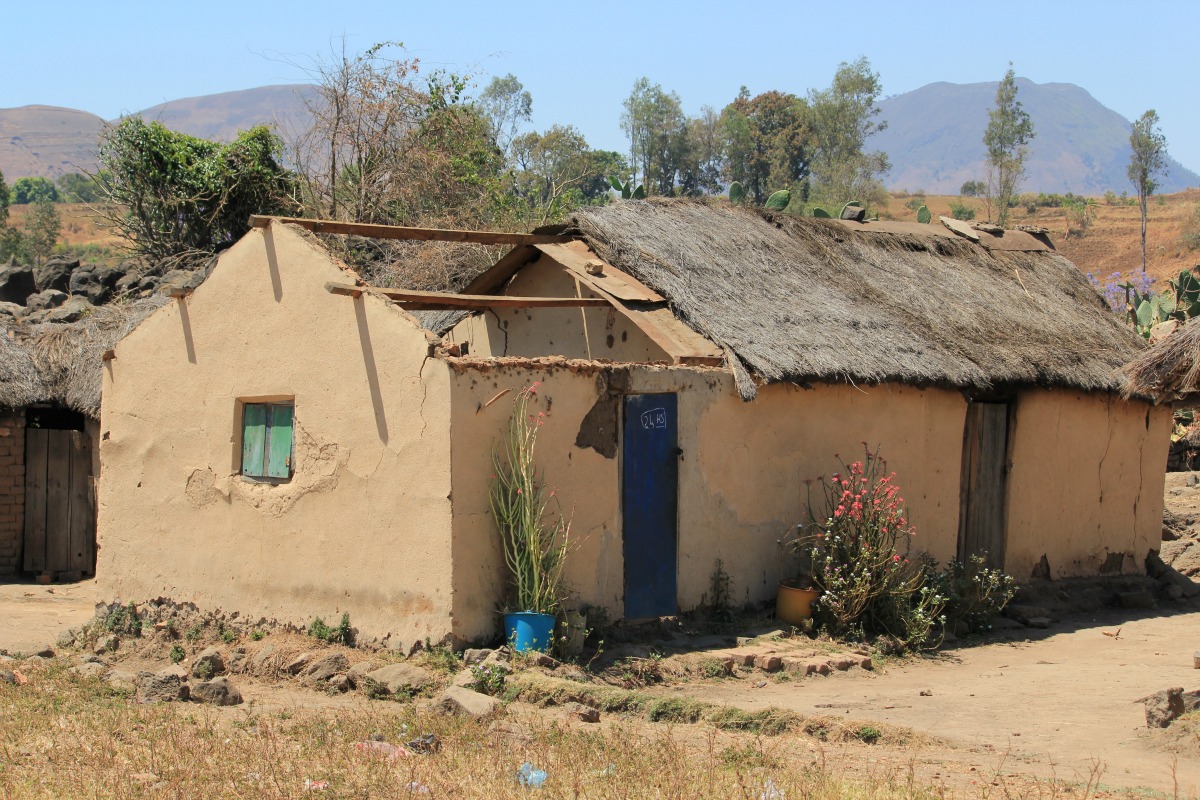
Great Challenge
Hard Malagasy reality brought the words of St Paul to my mind: “We know that the whole creation has been groaning as in the pains of childbirth right up to the present time. Not only so, but we ourselves, who have the first fruits of the Spirit, groan inwardly as we wait eagerly for our adoption to sonship, the redemption of our bodies”(Romans 8, 22 – 23). Here, on Madagascar I also understood the words of Jesus, His missionary task: “Therefore go and make disciples of all nations, baptizing them in the name of the Father and of the Son and of the Holy Spirit, and teaching them to obey everything I have commanded you” (Mt 28, 19 – 20) or “You give them something to eat” (Luke 9, 13).
The missionaries try to fulfil this task on Madagascar. The Jesuit missionaries, who work here, manage schools and, as long time ago the first monks on the territory of our country, help the local people to learn the science of agriculture. This kind of activity needs proper material and resources basis (not to be expected from the government). Poor parents of poor students are not able to pay for the education. A good solution could be to get some money from the farming. This is the goal for the Agricultural Educational Center in Tsiroanomandidy, where my brother was sent by his superiors and where he works nowadays. He wrote more detailly about his activities in the ”Informator Misyjny” (2014/2[10]). I had the opportunity to see the place in summer of 2014.
The territory of the Centre is a huge piece of land, covered with dry grass and empty constructions, where the cattle was once kept. A lot of work needs to be done there – water supply system to be built, electricity installed and so on and so forth. Imagination, effort, God and people’s assistance is critically necessary there. I sincerely believe that St Joseph, the Patron of the Centre, would plead to God for help and reaching the people’s hearts would show his protection. I will only add that I will plead to Him everyday. I know Him to be a dependable protector, who does not like to refuse.
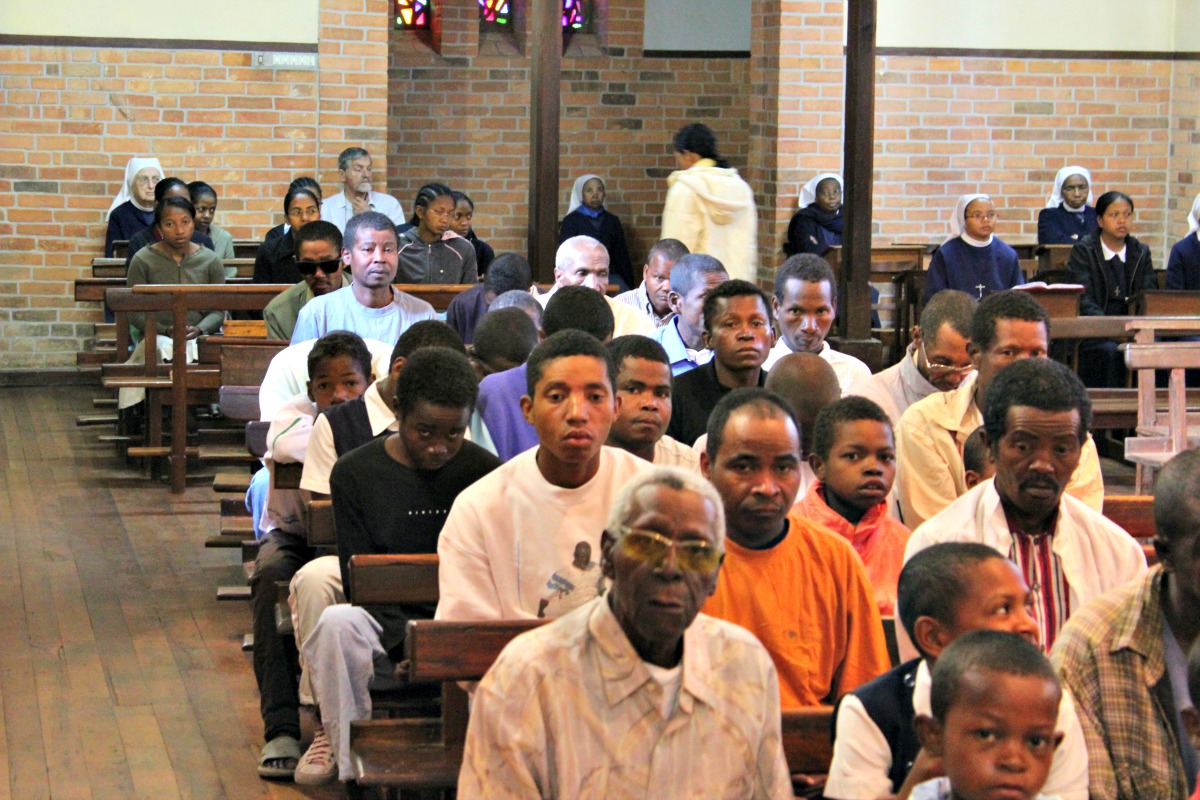
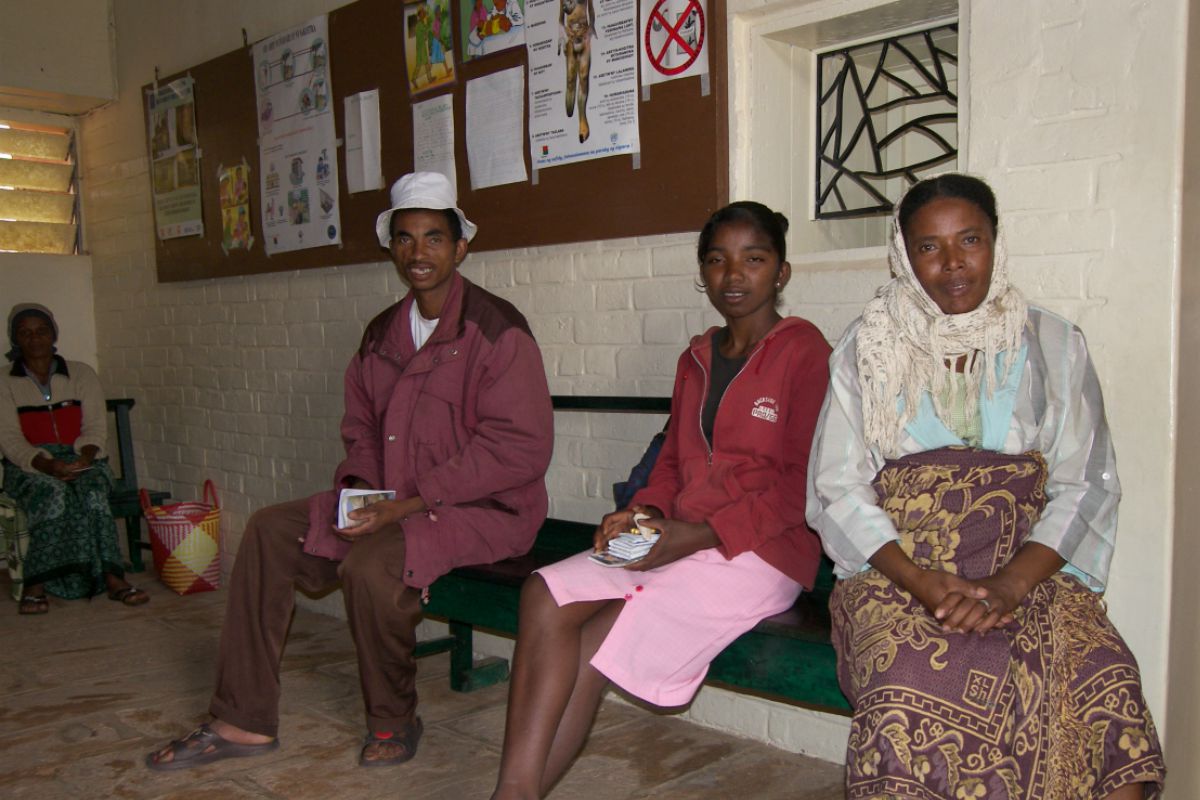
Blessed Father Beyzym
I would also like to tell about my visit to Marana to the tomb of Blessed Father Beyzym. Although Father’s relics ale rested in the sarcophagus in the side chapel, the spirit, the atmosphere of the place is overfilled with his live presence. One has the feeling that Father “just left for a moment”. There is a priest to provide the spiritual care for the sick, sisters from the Congregation of St Joseph and lay staff to dress the wounds of Jesus suffering in lepers. There are children among them too.
In 2012 sister Catherine created a memorial room to commemorate the 100th anniversary of Father’s death. She collected a great number of information and things to preserve the memory of the founder and builder of Marana. At the entrance to it one can read Father Beyzym’s words: “The hospital is not the man’s deed. Immaculate established and cares for it”.
May all those who I met on Malagasy land be in Her care as well.
S. Krystyna Kasperczyk